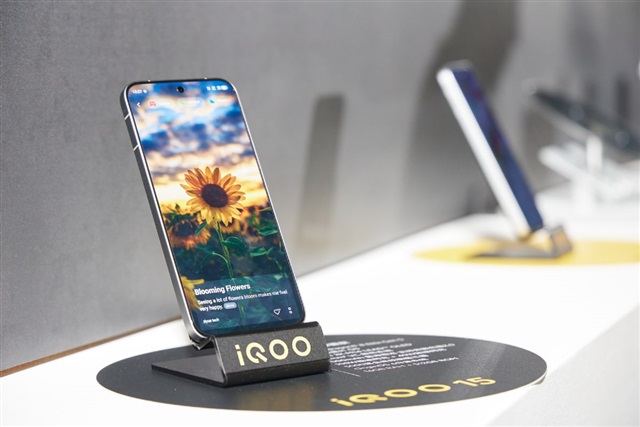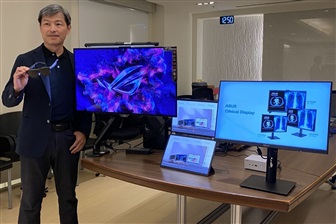China hosts the world's largest display panel capacity, pulling upstream suppliers into an increasingly concentrated ecosystem. In polarizers, a string of acquisitions has pushed China to the top globally, with Shanjin Optoelectronics and Hong Kong Heng Mei Group forming a clear duopoly.
Apple is widely expected to mark the 20th anniversary of the iPhone in 2027 with a redesigned model, and South Korea's two dominant display makers—LG Display (LGD) and Samsung Display (SDC)—are already positioning themselves for the project. But industry watchers in South Korea say the two companies are doing so with noticeably different levels of commitment.
InnoCare Optoelectronics held an investor conference on December 16, 2025, where company chairman James Yang pointed out that while the global medical device market grows annually by about 5–8%, InnoCare maintains a double-digit growth rate, outperforming the overall market. The company expects to sustain stable growth through 2026.
South Korean IC design house Sapien Semiconductor is emerging as a disruptor in the global smart glasses supply chain, after reports that it will supply display backplanes for Meta's next-generation augmented reality (AR) glasses, a development that could loosen China's long-standing grip on key micro-display components.
Wah Hong Industrial, a leading Taiwanese optical film and advanced materials maker, remains focused on product upgrades and structural adjustments to enhance overall competitiveness, despite tariff-related uncertainties and conservative demand in 2025, according to the company's president, Chih-Ming Lin.
Facing intensifying competition in the traditional LED lighting market, Incheon-based Korea Lighting is repositioning itself as a supplier of bio-optical semiconductor solutions, targeting high-value applications across healthcare, hygiene, beauty, and agriculture.
Based on estimates from third-party market research firms, small- and medium-sized panel maker HannStar Display stated that the 2026 panel market is expected to be relatively stable, with annual growth of around 2–3% and no major fluctuations. However, recent sharp increases in memory prices and tight supply have crowded out resources across the broader electronics industry, which could further affect panel demand, especially in notebooks and smartphones.
China's BOE Technology is rapidly advancing its 8.6-generation IT OLED production, signaling an aggressive push to close the gap with South Korean rivals. Reports indicate the company has begun procuring equipment for the second phase of its B16 production line, including the third and fourth lines, marking a strategic acceleration in scaling manufacturing capacity.
The global market for OLED display panels is entering its seasonal peak in the second half of 2025, and South Korea's leading panel makers—Samsung Display and LG Display—are emerging as the biggest beneficiaries of renewed demand for high-end smartphones. Analysts say shipments and revenue are set to accelerate, with the fourth quarter of 2025 likely to mark a record-breaking period for the industry.
The Taipei Computer Association (TCA), which organizes the influential Computex tradeshow—one of Asia's largest technology exhibitions—is set to elect a new chairman on December 17, 2025, with Acer chairman Jason Chen emerging as the frontrunner. Chen is positioned to replace Paul Peng, who is stepping down after six years leading the influential industry body.
LED packaging and lighting module manufacturer Ledtech has reinforced its operational foundation in recent years, reporting a pre-tax profit of NT$19.67 million (US$627,730.56) in November 2025 and is expected to maintain consecutive profitability. Chairman Shou-Hsiung Liu stated the company will continue focusing on niche markets, consolidating its market share in low-temperature lighting across the Americas while actively expanding into Europe.
More coverage



